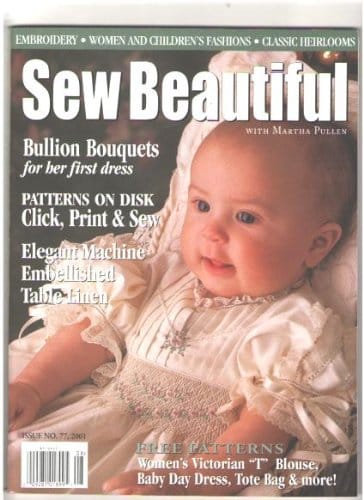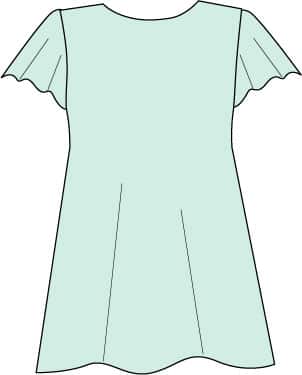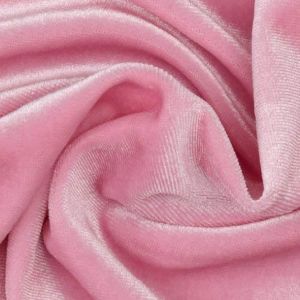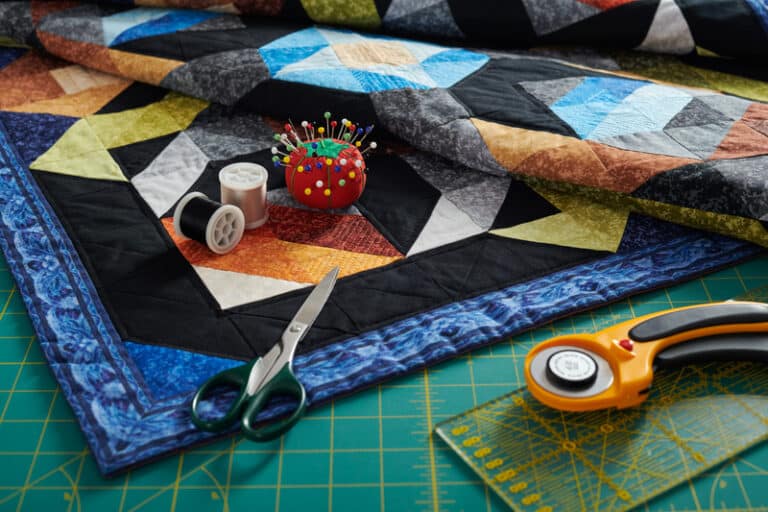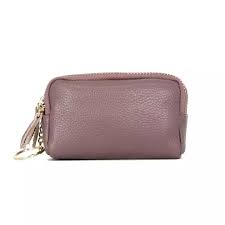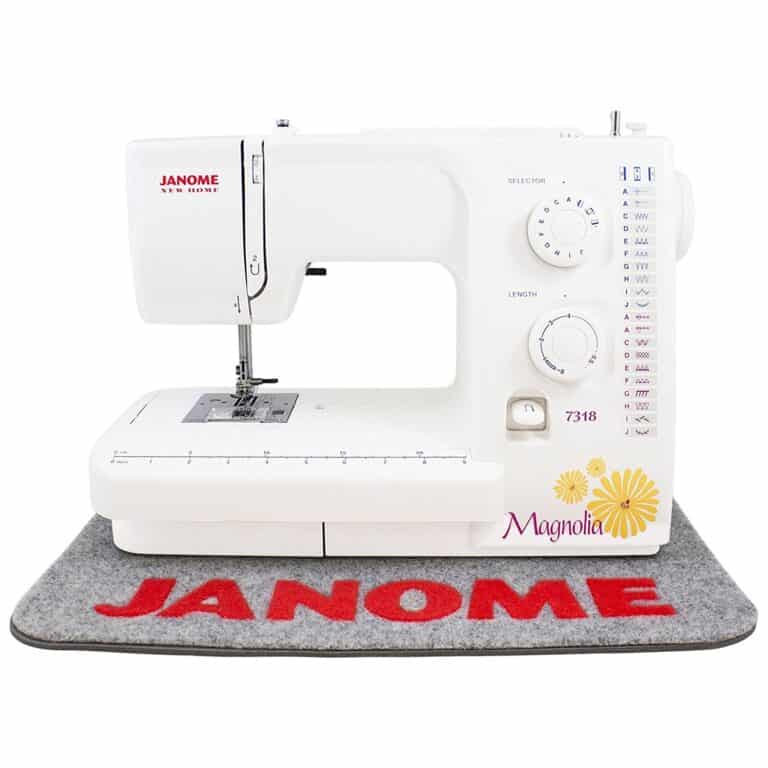Sewing Magazines: Your Essential Guide to 10 Top Publications
As a sewing enthusiast, I’ve always been drawn to sewing magazines that inspire creativity and provide valuable resources for honing my skills. These publications are a fantastic way to keep up to date with the latest trends in the sewing world while also learning new techniques, discovering patterns, and joining a community of like-minded individuals who share the same passion.
Over the years, I’ve encountered several periodicals that have become my go-to sources for inspiration and learning. Publications like Threads Magazine and Seamwork cater to a wide range of interests, from designing garments and home furnishings to gifts and accessories. As I delve into each issue, I find myself not only expanding my knowledge base but also growing more confident in my abilities as a sewist.
One of the aspects I particularly enjoy about sewing publications is their ability to bring together an incredibly diverse array of content, catering to sewists of all skill levels. Whether you’re a beginner looking for step-by-step guidance or an experienced sewist seeking new challenges, these magazines cater to everyone’s needs and help us build our skills one project at a time.
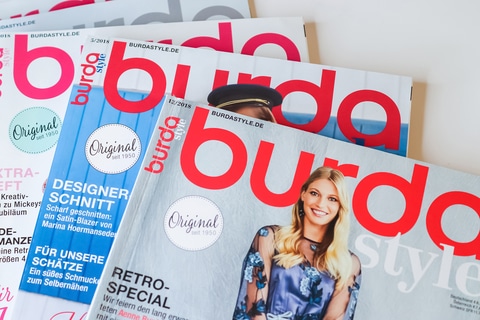
Table of Contents
History of Sewing and Embroidery Magazines
When I look at the history of sewing magazines, I find that they’ve inspired enthusiasts all over the world for decades. These periodicals cater to sewers of all skill levels, offering valuable resources for exploring different aspects of sewing and needlework.
One well-known publication is
, which was launched in 1985. This publication has been particularly popular among people who are passionate about sewing garments, home furnishings, gifts, and accessories. Today, Threads magazine and its accompanying website remain a premier source of information for garment-sewing techniques and fitting expertise.
Over the years, many other sewing magazines have emerged to meet different needs within this community. Here are a few examples I came across:
- Subject:SIMPLY SEWING, FRESH IDEAS WITH FABRIC, Language:English, Month:ISSUE, SEVENTEEN PRINTED IN UK
- Publication Name:SIMPLY SEWING, FRESH IDEAS WITH FABRIC, Country/Region Of Manufacture:United Kingdom
- Issue Type:ISSUE, SEVENTEEN PRINTED IN UK, Country Of Manufacture:United Kingdom
- Burda Style magazine, vol.2/2023
- In the Ukrainian Language; the sewing pattern sheets are in German, English, Russian
- With sewing patterns for women size 34-48 and men 48-56
With the help of the internet, accessing a wealth of sewing knowledge has become even easier. Websites like Archive.org offer free access to older sewing magazine issues, allowing sewers to browse historical issues and learn from past trends and techniques (Archive).
As you can see, sewing magazines have a rich history and continue to serve as valuable resources for sewing enthusiasts of all skill levels.
Popular Publications for Sewing
In my experience, there are many sewing periodicals available to cater to different interests and skill levels. I’ve listed some popular titles below, dividing them into two categories: General Interest and Specialized Niches.
General Interest Sewing Magazines
These magazines cater to a broad audience, ranging from beginners to experienced sewers, and cover a wide variety of topics:
- Sew Magazine: One of the UK’s largest selling magazines, it features the latest trends, tutorials, designs, and DIYs.
- Threads Magazine: A premier magazine for sewing enthusiasts, focusing on sewing garments, home furnishings, gifts, and accessories.
- Love Sewing Magazine: Another popular UK sewing magazine, packed with patterns for sewists and dressmakers of all skill levels.
Specialized Niches
These magazines cater to more specific interests within the sewing community, making them ideal for those looking to focus on a particular aspect of the craft:
| Magazine | Niche |
|---|---|
| Classic Sewing | Fresh patterns and designs for a range of sewing projects. |
| Threads’ Fitting – Spring 2013 | Fitting techniques for sewing garments, available as an eBook at Barnes & Noble. |
As you can see, there is a wide variety of sewing magazines available to cater to both general interests and specific niches within the sewing community. Whether you are a beginner or an experienced sewist, you’ll likely find a sewing magazine that fits your needs and inspires your creativity.
Choosing the Right Sewing Magazine
As I started my sewing journey, I quickly discovered that having the right sewing magazine by my side was crucial. With so many options to choose from, it’s essential to focus on three key aspects when selecting the right sewing magazine for you: Experience Level, Style and Design, and Techniques and Tutorials.
Experience Level
First and foremost, it’s essential to choose a sewing magazine that caters to my skill level. Magazines like Love Sewing and Classic Sewing cater to beginner and advanced sewists alike, making them perfect options for those still mastering the craft. No matter your sewing experience, it’s crucial to find publications that will guide and support you as you progress.
Style and Design
Another aspect to consider when choosing the right sewing magazine is the type of style and design that appeals to me. In my quest for sewing knowledge, I found a great variety of magazines, each featuring different styles and patterns. Magazines like Burda Style, for example, offer contemporary European fashion, while others may focus on vintage designs or avant-garde fashion. Understanding my preferences helps me select a magazine that will keep me engaged and inspired.
Techniques and Tutorials
Lastly, I always look for sewing magazines that provide a wealth of techniques and step-by-step tutorials. Detailed instructions, troubleshooting tips, and video tutorials, like those available in Threads’ Fitting, have proven invaluable in enhancing my sewing skills. Additionally, I appreciate magazines that cover a wide range of topics, from beginner-friendly projects to advanced tailoring techniques, ensuring there’s always something new to learn.
By considering these key aspects, I was able to find the perfect sewing magazines to accompany me on my sewing journey!
Online and Print Options
Digital Subscriptions
As a sewing enthusiast, I find digital sewing magazine subscriptions quite convenient. One such option is The Pattern Pages, an indie magazine catering to all skill levels. Besides, digital subscriptions are eco-friendly and easily accessible on multiple devices, ensuring I can access them anytime, anywhere.
Additionally, some digital subscriptions provide exclusive online content and interactive features, enhancing my learning and sewing experience. For instance, Pattern Pages are known for its comprehensive collection of patterns, perfect for all occasions and styles.
Print Magazines
Although digital magazines have their merits, I still appreciate traditional print magazines for their tactile feel and portability. Print magazines, such as Classic Sewing and Threads, offer fresh patterns and valuable tips for sewers of all skill levels. Furthermore, print magazines often come with full-size patterns and step-by-step instructions, making it easy for me to follow along and complete my sewing projects.
Here are some print magazines I have enjoyed and found helpful in my sewing journey:
- Classic Sewing – Best for children’s clothing and heirloom pieces
- Threads – A comprehensive sewing resource for enthusiasts who love creating garments, home furnishings, and accessories
- American Patchwork & Quilting Magazine – Known for its full-size patterns and easy-to-follow steps
- Fons & Porter’s Love of Quilting – A popular magazine among quilters, offering helpful tips and inspiring project ideas
Ultimately, the choice between online and print sewing magazines depends on your preferences and requirements. As a passionate sewer, I find value in both formats and appreciate the variety and inspiration they bring to my sewing projects.
Community and Networking
In my exploration of sewing magazines, I have discovered that community and networking play a significant role in the sewing community. There are plenty of opportunities for sewing enthusiasts to connect, learn, and share their knowledge within this creative field.
Forums
I have found that forums are an excellent place for sewing enthusiasts to connect with like-minded individuals. They can ask questions or share experiences, tips, and projects. One noteworthy example is the American Sewing Guild (ASG), which not only provides a space for discussions but also organizes in-person and virtual conferences with classes, vendors, and workshops.
By participating in these forums and events, I have gained valuable insights into sewing techniques, trends, and industry updates. I highly encourage anyone interested in sewing to explore these forums to expand both their knowledge and their network.
Social Media
Many sewing magazines and communities have established a strong online presence on social media platforms. I have discovered that following these pages can enrich my sewing skills and keep me updated on the latest sewing trends and DIY projects.
For example, Sew Magazine and Simply Sewing Magazine both have social media pages that share a variety of sewing-related content, like patterns, tutorials, and tips. These platforms also provide an interactive space for sewing enthusiasts to engage, ask questions, and share their work with others.
Through my experience in these sewing communities, I have found that online forums and social media platforms offer invaluable networking opportunities and access to a wealth of information. I invite all sewing enthusiasts to explore these resources and contribute to this vibrant, collaborative community.
Notable Sewing Magazine Contributors
In my research, I’ve discovered several talented sewing experts who have contributed greatly to the sewing community in various magazines. Each of them has brought unique insights, tips, and projects to readers like me, enriching our experience in the world of sewing.
The first contributor I’d like to highlight is Tilly Walnes from the UK-based magazine, Love Sewing. Tilly is the founder of ‘Tilly and the Buttons,’ a popular sewing blog and pattern company. Through her articles, she shares her experiences, detailed sewing tutorials, and her range of stylish sewing patterns.
Another remarkable expert is Susan Khalje, who frequently contributes to Threads Magazine, an American publication. Susan is a highly respected and experienced couture sewing educator, and her articles offer invaluable guidance on couture techniques and the art of fine sewing.

For those interested in children’s clothing, I came across Martha Pullen, a major contributor to Classic Sewing Magazine. As a well-known sewing expert and author, Martha specializes in heirloom sewing, providing readers with timeless children’s clothing designs and detailed sewing instructions.
Lastly, for those beginners like me, I discovered Julie Bonnar, the editor of Sew Magazine in the UK. Julie frequently shares her own sewing projects and carefully curated patterns from various designers, making the magazine highly accessible and inspiring for sewists of any skill level.
These talented contributors have been instrumental in guiding and inspiring the sewing community, and their contributions to various magazines have been invaluable for both novice and experienced sewists like me. By sharing their expertise and passion for sewing, they have made a lasting impact on our ever-growing community of creators.












